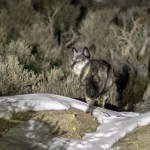Improvements along Vail Pass expected to increase safety, shorten closures on I-70 mountain corridor this winter, CDOT says
The I-70 West Vail Pass Auxiliary Lane Project added a new eastbound bridge with safer turns and a third eastbound lane of travel along about 3 miles
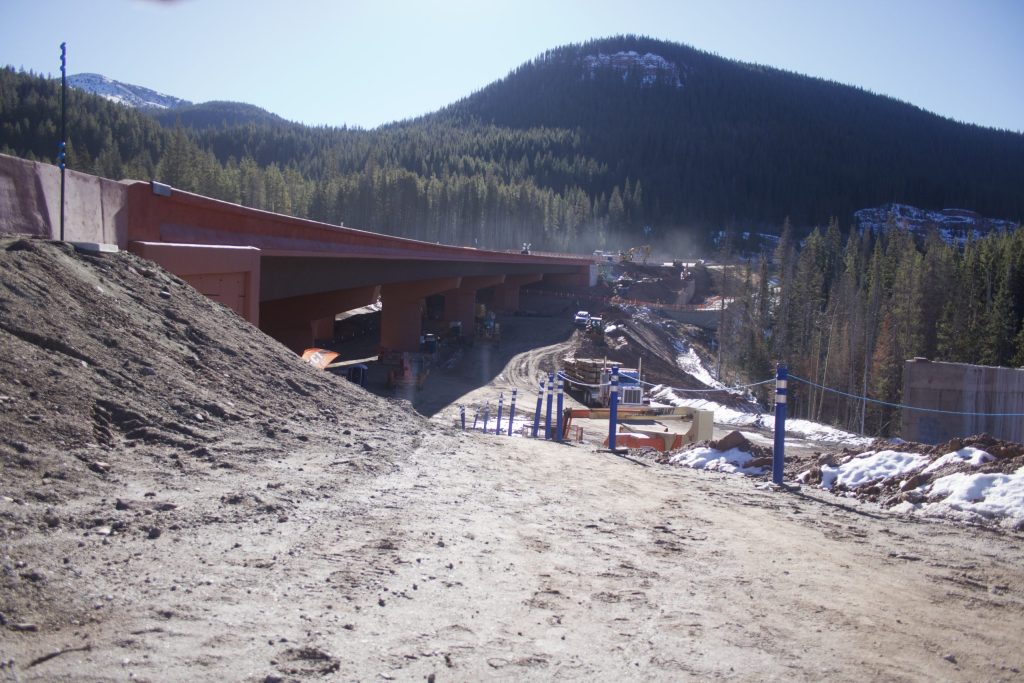
Ryan Spencer/The Aspen Times
As semitrailers and passenger vehicles whizzed along Interstate 70 on a chilly morning, Thursday, Oct. 30, dozens of Colorado Department of Transportation employees and contractors worked busily on the west side of Vail Pass.
Wearing a hardhat and high-visibility vest, John Kronholm, CDOT’s resident engineer based in Eagle, surveyed the construction site where crews this summer demolished an old highway bridge and constructed a new one.
“This was recognized as a crash hotspot,” Kronholm said, noting that the new bridge is wider and has a larger turning radius than the previous bridge to help prevent crashes and closures on the pass.
As construction crews across Colorado begin to wrap up work for the winter, the I-70 West Vail Pass Auxiliary Lane Project plans to wrap up its fifth year of construction for a hiatus beginning Friday, Nov. 7. Crews working on the major connectivity project logged more than 90,000 combined hours on the project over the short construction season, averaging more than 60 workers on site daily, according to CDOT.
Vail Pass, a steep, winding section of I-70 with tight curves and frequent inclement weather, is notorious for crashes, spinouts and closures, especially in the winter. Efforts at both the state and local level have aimed to reduce crashes and closure times at Vail Pass.
For the second year, Colorado State Patrol has launched proactive chain law enforcement operations to ensure that semitrailers are carrying chains during the winter months. Earlier this year, the town of Vail passed an ordinance upping fines for semitrailers that fail to carry chains and end up blocking the interstate.
The new eastbound bridge at Mile Post 185 is just one of the improvements made this summer. A few miles uphill, crews also constructed a new eastbound auxiliary lane that widens the I-70 from two to three lanes on the final approach to the top of the pass, from about mile posts 187 to 190.
After the project caused major traffic impacts this summer, the state transportation department doesn’t expect any lane closures this winter. Better yet, Kronholm said that thanks to the new improvements, those navigating ski traffic this winter should notice a difference in both the safety on Vail Pass and the length of closures.
Safer roads, shorter closures
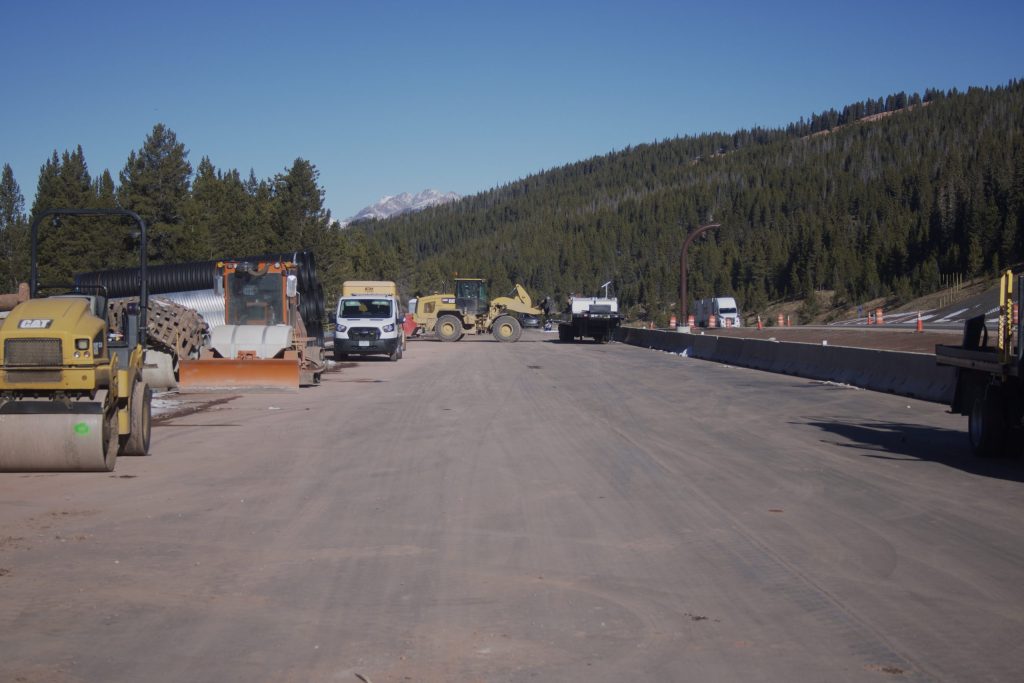
The West Vail Pass Auxiliary Lane Project grew out of a corridor-wide study CDOT completed in 2011 that aimed to improve travel times and make traveling on the I-70 mountain corridor more reliable, Kronholm said.
On Vail Pass, the study identified increasing safety as the main way to improve travel reliability, he said.
“The primary purpose of the Vail Pass Auxiliary Lanes Project, which we’re also calling the Vail Pass Safety and Operations Project, is just that — safety and operations,” Kronholm said. “We expanded it beyond just trying to reduce crashes to also reduce the time that the pass is closed.”
The new eastbound auxiliary lane — the namesake of the project — will result in both increased safety and shorter closures, Kronholm said. The third lane will allow for emergency vehicles and snowplows to move to the scene of a crash to get it cleared quicker and, in some cases, could mean that one lane of traffic can remain open while emergency crews close the other two lanes to handle a crash.
“The safety aspect of it is that there is just more real estate on the interstate for people to crash and hopefully not go off the road or hit a concrete barrier,” Kronholm said. “Operationally, if there is an incident on the highway, there’s more room for first responders to respond and also keep the roadway open.”
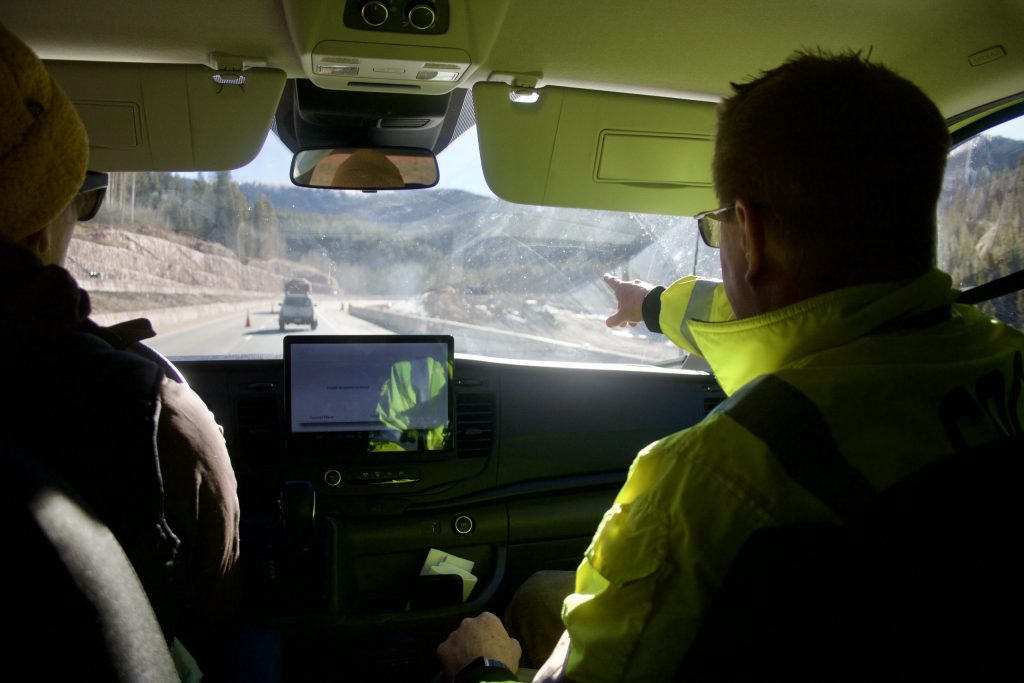
At the top of Vail Pass this year, drivers will also notice new variable message signs that CDOT plans to use to tell drivers when the pass is closed. Kronholm said that this will allow the transportation department to close the pass faster, preventing backups. In years past, the Colorado State Patrol or a maintenance team had to get to the top of the pass first in order to close it, he said.
The messages will not only be displayed at the top of Vail Pass but will also be broadcast on variable message signs east of the Eisenhower-Johnson Memorial Tunnels to let drivers heading to the mountains know about the closure.
“The idea behind that is to try to close the pass as quickly as possible when there’s a crash further on down, because if you don’t close the pass right away you’ll get a backup,” Kronholm said. “Then it’s just that much harder to get down there with a snow plow or a tow truck or anything else.”
Other safety features may be less noticeable to drivers. In addition to gentler curves, the new eastbound bridge constructed this summer also has a gentler superelevation — or the banking or tilting of the road — than the old bridge, Kronholm said.
“It’s much friendlier to have as flatter as superelevation as possible,” he said. “It makes it much easier to drive in inclement weather.”
Future improvements
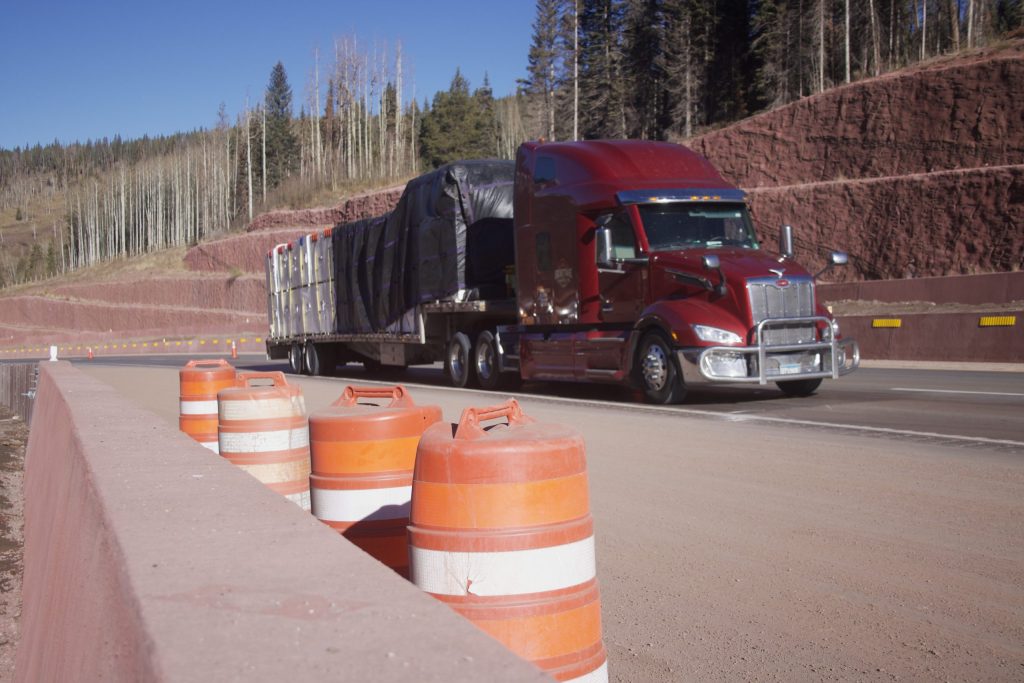
Next summer is expected to be the final year of this phase of the major I-70 construction project on West Vail Pass.
During the 2026 construction season, crews will focus on completing remaining roadway and paving operations, finalizing wildlife crossings and installing the avalanche and rockfall mitigation system, according to a CDOT news release.
As part of its 10 year funding plan, the Colorado Transportation Commission is considering a future phase of the project that would extend the new eastbound auxiliary lane another 2 miles through an infamous section of Vail Pass known as the Narrows, Kronholm said. Due to rising construction costs, this work was cut from the current project in 2024.
“Once all of the safety improvements are installed, on paper we expect a 40% reduction in overall crashes,” Kronholm said. “The third lane is going to contribute to that, as well as the smoothing of the curves and the additional signage.”




